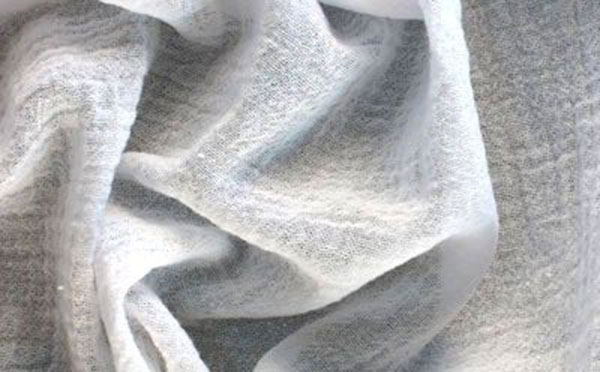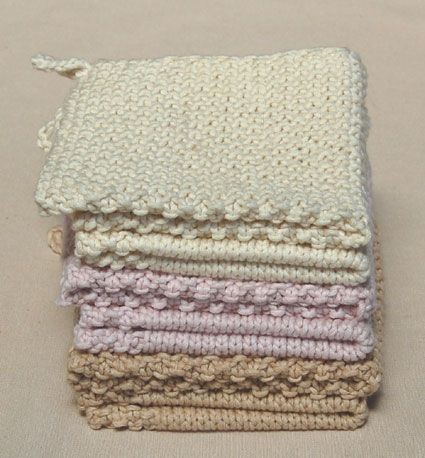Cotton fabric is one of the most commonly used types of fabrics in the world. This textile is chemically organic, which means that it does not contain any synthetic compounds. Cotton fabric is derived from the fibers surrounding the seeds of cotton plants, which emerge in a round, fluffy formation once the seeds are mature.
The earliest evidence for the use of cotton fibers in textiles is from the Mehrgarh and Rakhigarhi sites in India, which date to approximately 5000 BC. The Indus Valley Civilization, which spanned the Indian Subcontinent from 3300 to 1300 BC, was able to flourish due to cotton cultivation, which provided the people of this culture with readily available sources of clothing and other textiles.
It’s possible that people in the Americas used cotton for textiles as long ago as 5500 BC, but it’s clear that cotton cultivation was widespread throughout Mesoamerica since at least 4200 BC. While the Ancient Chinese relied more on silk than cotton for the production of textiles, cotton cultivation was popular in China during the Han dynasty, which lasted from 206 BC to 220 AD.
While cotton cultivation was widespread in both Arabia and Iran, this textile plant didn’t make its way to Europe in full force until the late Middle Ages. Before this point, Europeans believed that cotton grew on mysterious trees in India, and some scholars during this period even suggested that this textile was a type of wool that was produced by sheep that grew on trees.
The Islamic conquest of the Iberian Peninsula, however, introduced Europeans to cotton production, and the European countries quickly became major producers and exporters of cotton along with Egypt and India.
Since the earliest days of cotton cultivation, this fabric has been prized for its exceptional breathability and lightness. Cotton fabric is also incredibly soft, but it has heat retention attributes that make it something like a mixture of silk and wool.
While cotton is more durable than silk, it is less durable than wool, and this fabric is relatively prone to pilling, rips, and tears. Nonetheless, cotton remains one of the most popular and highly produced fabrics in the world. This textile has relatively high tensile strength, and its natural coloring is white or slightly yellowish.
Cotton is very water absorbent, but it also dries quickly, which makes it highly moisture wicking. You can wash cotton in high heat, and this fabric drapes well on your body. However, cotton fabric is relatively prone to wrinkling, and it will shrink when washed unless it is exposed to a pre-treatment.
Post time: May-10-2022



